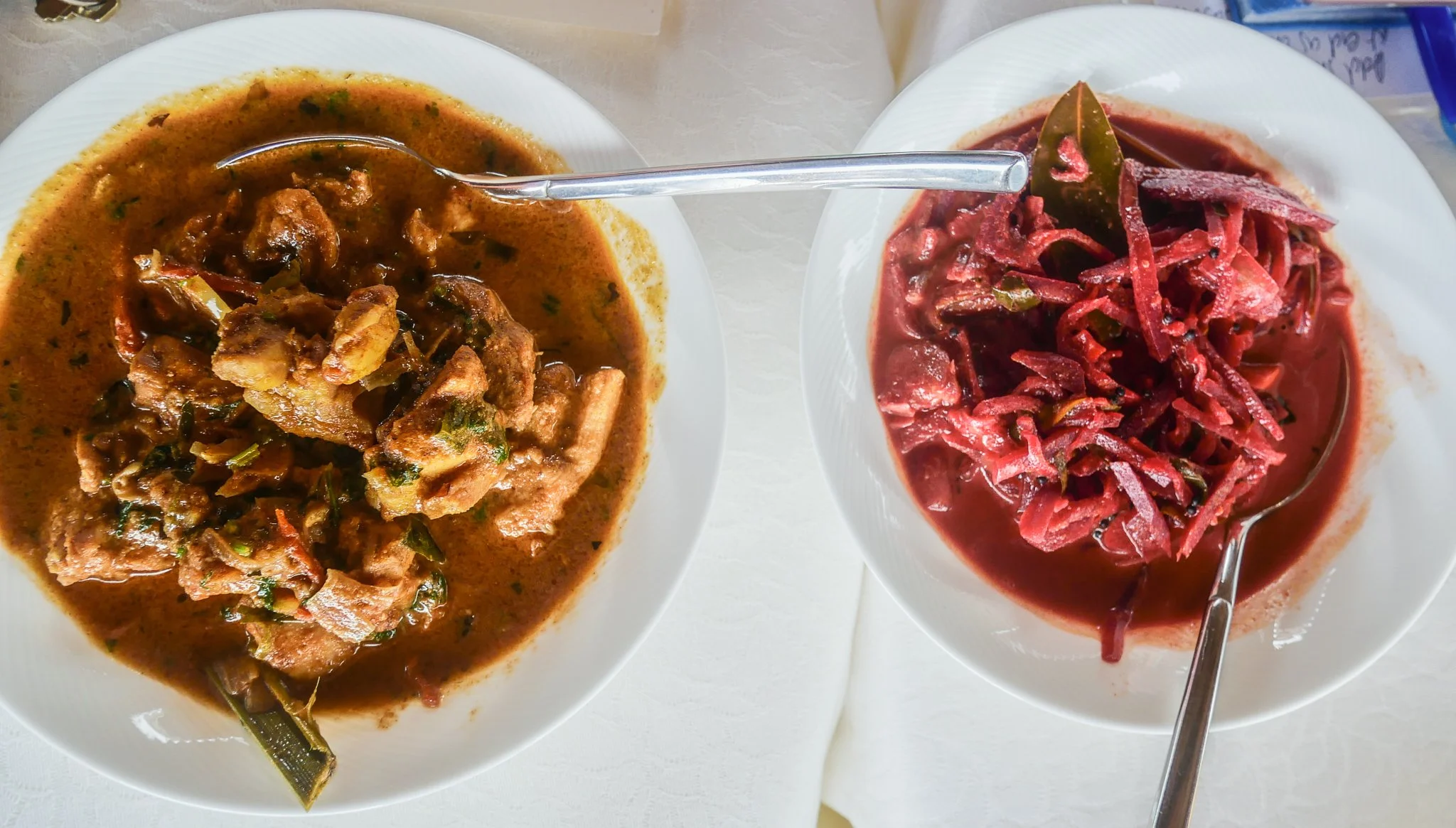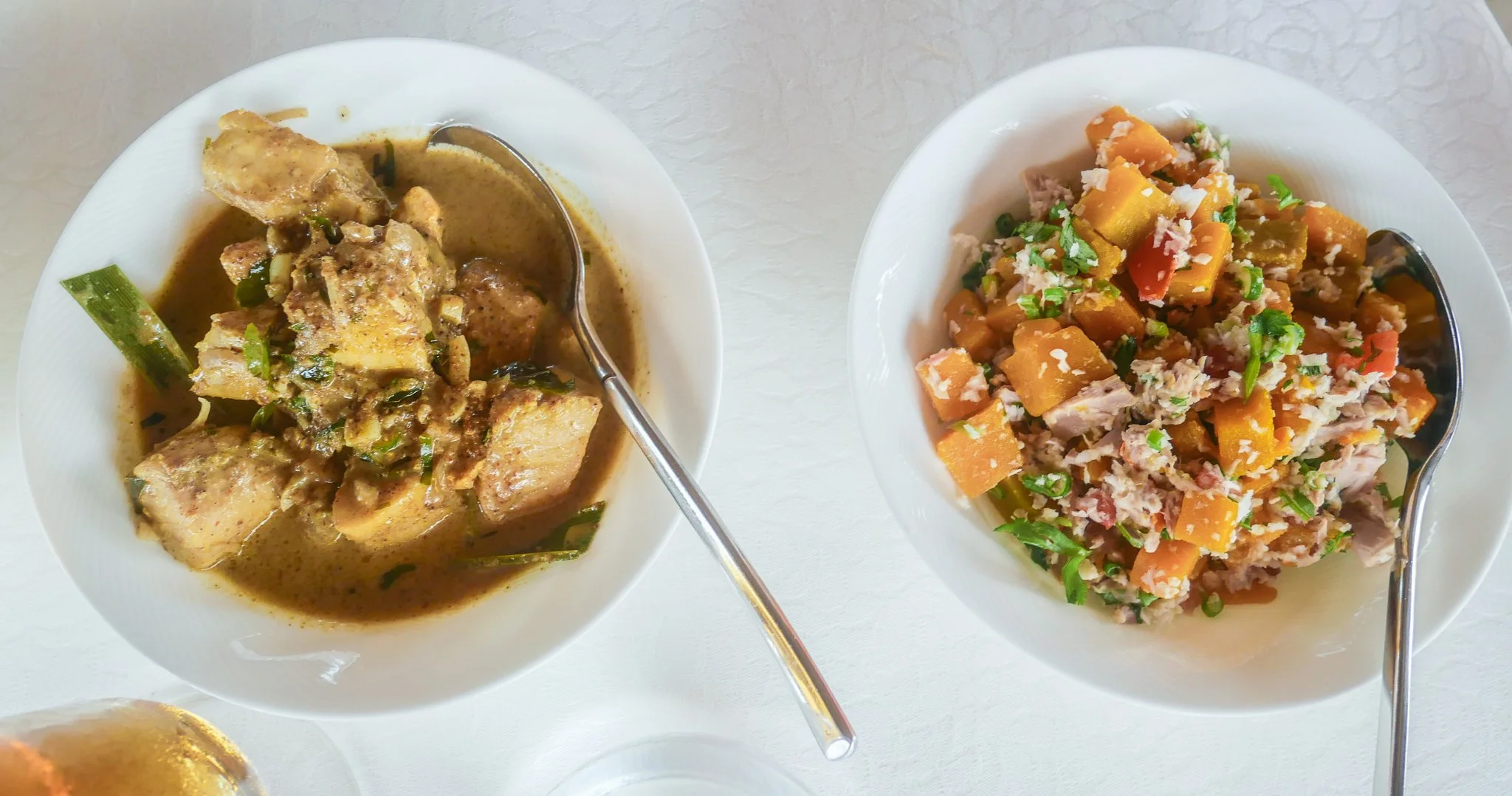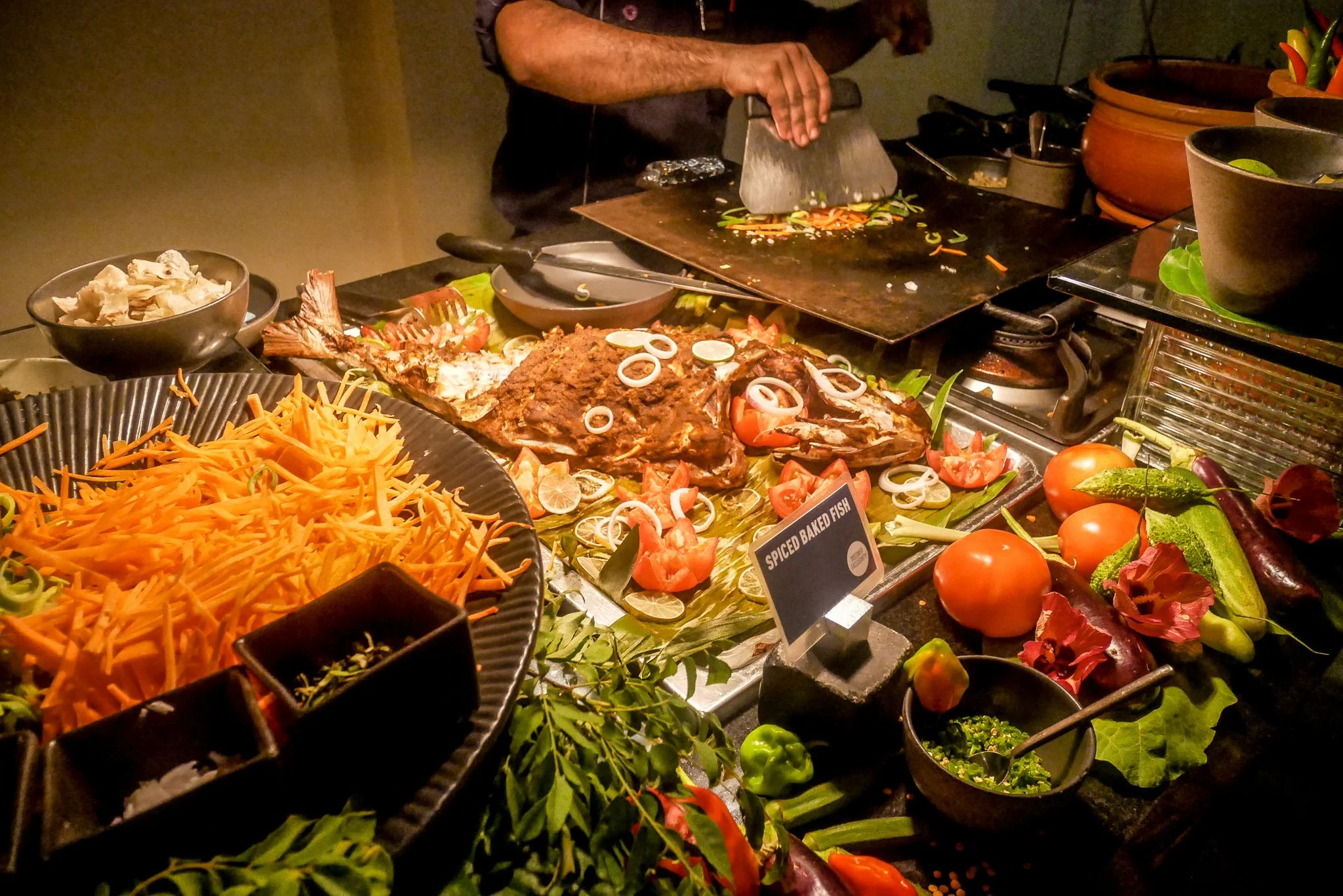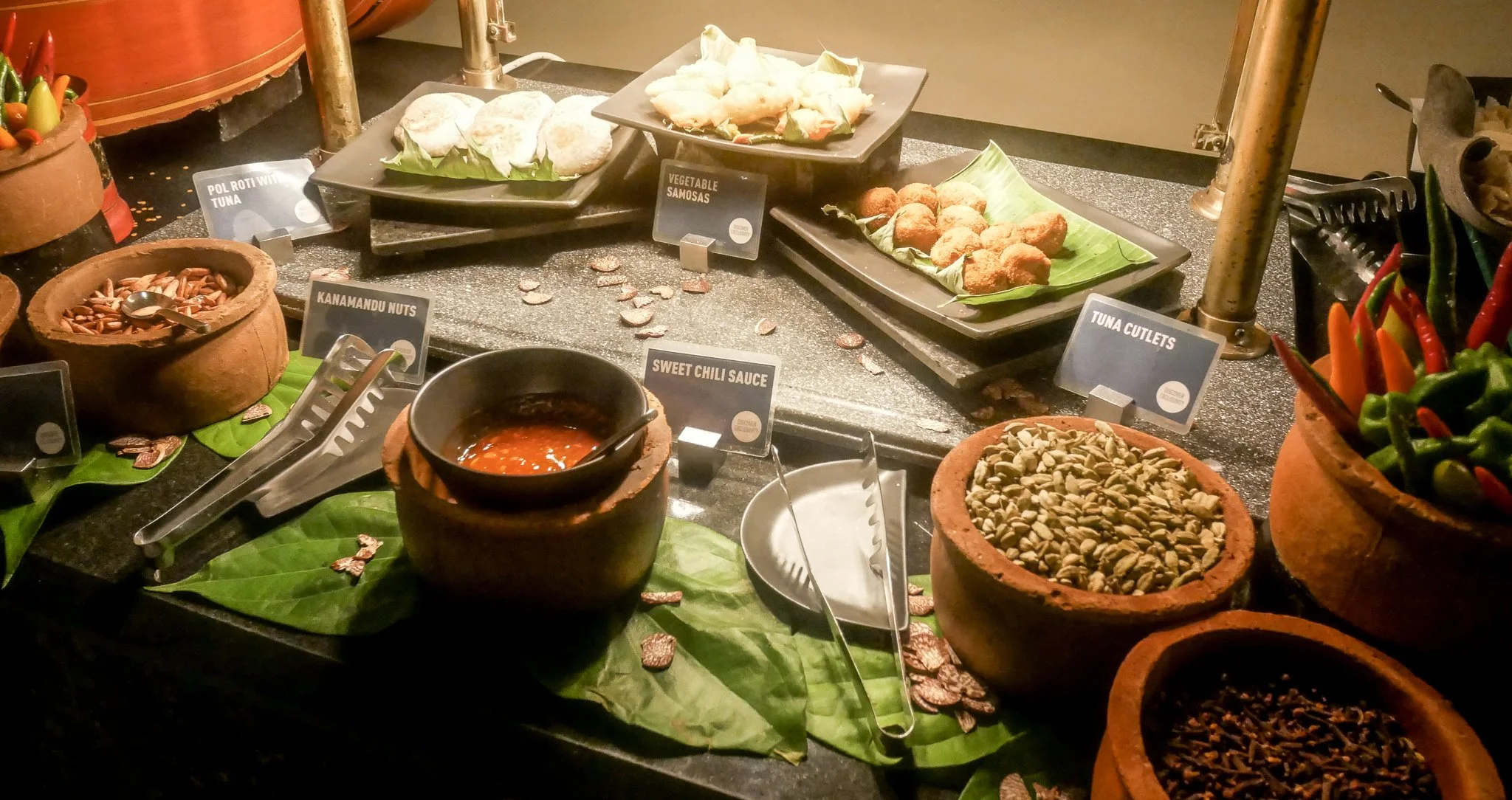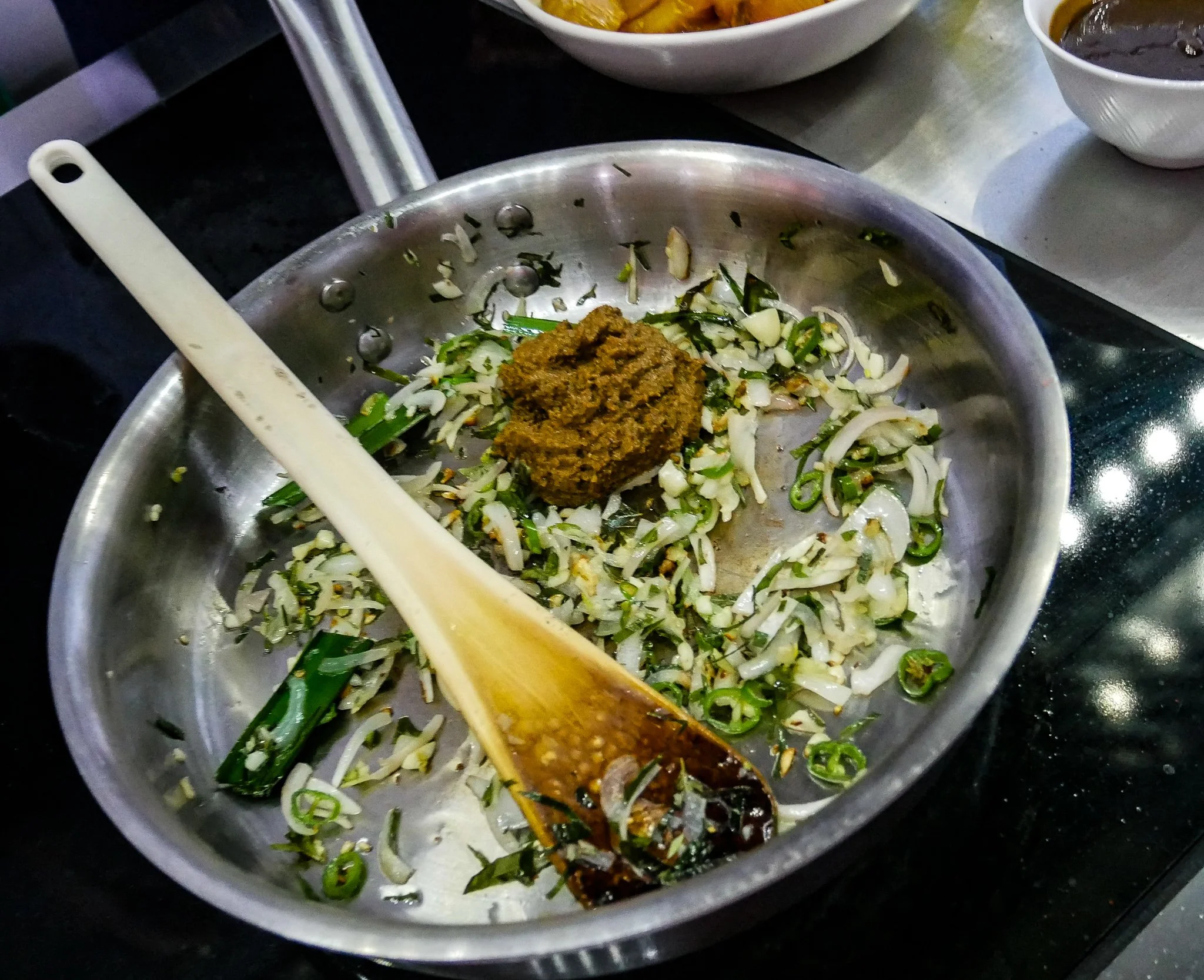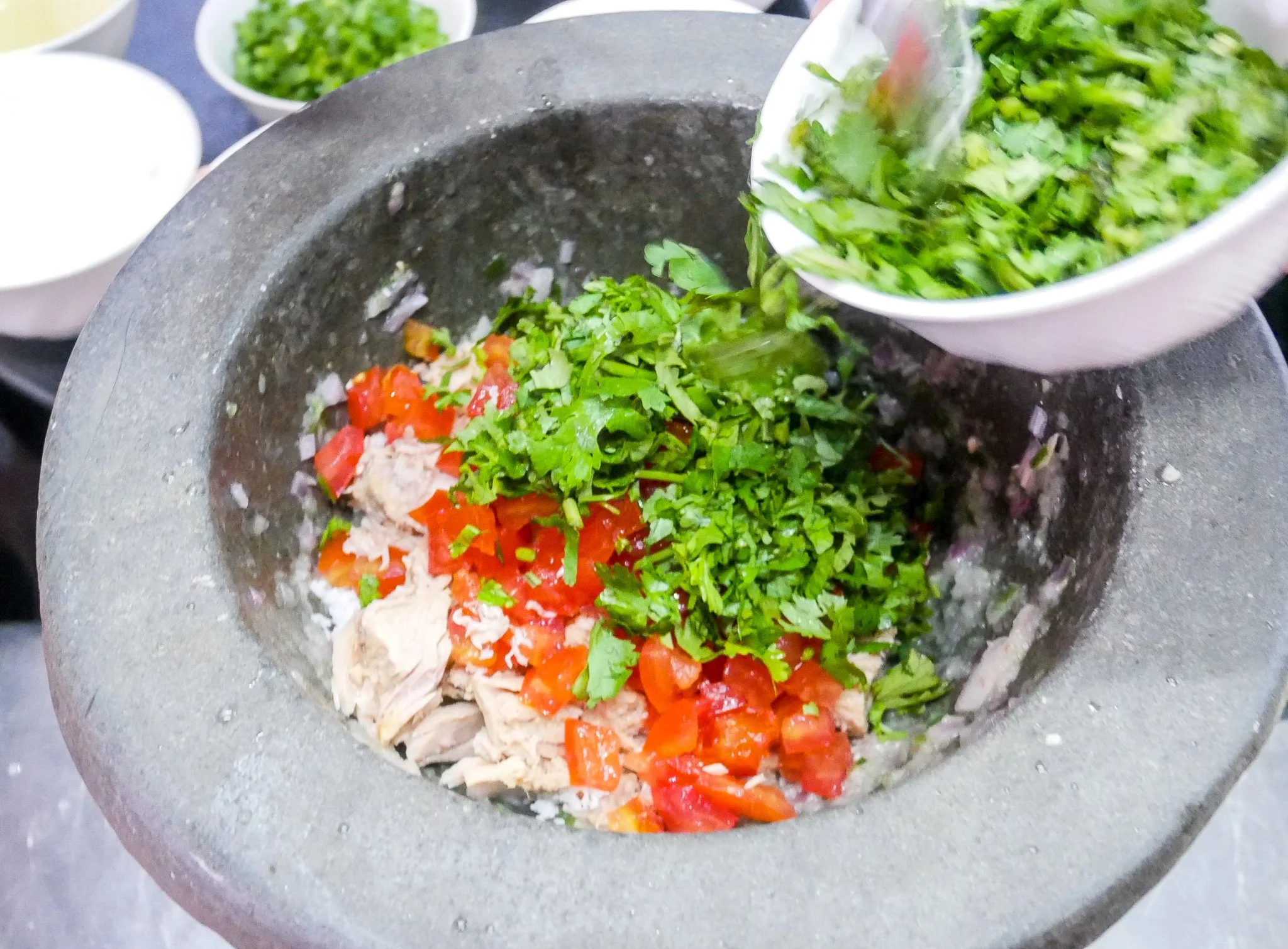Healthy Marvels of Maldive Food
The feasts of late December are a wonderful thing, but there’s something about January that requires a different kind of human fuel.
Some people feel the need to go the whole cleansing hog, but the rest of us would be content to ring the changes and add a little freshness and zing to our midwinter diets. There is still a need for sustaining soups and stews in the cold weather, of course, but sometimes a dinner that’s somehow lighter and yet intensely interesting is what we need to fire up the tastebuds.
As it happens, just before Christmas I found myself in a place which offered exactly that. The food of the Maldives is very different from anything I’ve eaten before - it is amazingly delicious, terribly healthy and full of refreshing zing.
And it is a cuisine that can easily be cooked here because, not surprisingly given that the island state is 98 per cent seawater, fish is the main staple. And of course we have the ability to purchase amazingly good seafood if we’re willing to make a quick trip to one of our fishing harbours, or lucky enough to live close to a first class seafood purveyor. As well as fish, the Maldivian people traditionally eat a lot of home-grown vegetables - which is what you are going to do if you live on a tiny atoll. Staples like rice and potatoes are a relatively new thing for islanders who have no room for large paddy fields or potato farms.
There’s also not much room for the growing of anything that will supply you with edible fat, save for the dribble of coconut oil you can get from your local palms. Which is one reason why Maldivian food - sometimes called Dhivehi cuisine - is so healthy. I never saw an overweight islander during the week I was there - and they told me one reason for this was that there’s very little oil used in their food.
Take the ubiquitous spice-paste, for example. All over the neighbouring Indian sub-continent and in nearby South East Asia you will find people making spice-pastes with a core lubricant of oil or ghee (clarified butter). But in the Maldives they mix their roasted and ground spice mixes simply with water. At first I suspected the results might be a bit lacklustre but, because the spices are so fresh and vibrant, you don’t miss the fat content at all.
There’s another healthy element to Maldivian cookery that we can emulate here. In a country that only contains two per cent land, there has always, historically, been a severe shortage of cooking fuel. If you know what you’re doing you can make a small fire out of a few coconut husks - and it will burn for a long time - but it won’t allow you to make big roast dinners or anything of that nature.
Instead, careful slow-cooking is the order of the day - a technique which, as most home-cooks will know, is capable of bringing great flavour and tenderness to seemingly tough and inedible foods.
I learned all this and a lot more besides from Felix Bamert, who is executive chef at the beautiful, paradise-like, Mirihi Island Resort. Felix is actually Swiss by birth, but he’s spent many years cooking around the Indian Ocean and he is a great student of the island cuisine which now fascinates him. It’s not unusual for him to cook 20 to 30 Maldivian curries a day for both guests and staff on the remote atoll - but even then he had time to give me and some other English journalists an entire day’s worth of cookery lessons.
“We have a little bit of oil in some of the dishes - it depends what you cook,” said Felix as we sat down for the first lesson in the tropical heat. “In Switzerland we like to cook with cream - but here there are many dishes with seafood where you don’t need things like cream. They don’t have milk products at all and oil was always very expensive and difficult to get so they created a very light food style for their cuisine.
“Even when you compare it to Indian or Sri Lankan food - they need a lot of calories for the small portions they eat, but here in the Maldives where they are fishing all the time, they don’t need to get in so many calories.
“They like to eat very light food. When you see our Maldivian team members - they are all very slim. They eat fish, fish, fish - then coconut and rice. Then they eat a lot of small bites - like a form of tapas.
“It’s different from everywhere else I’ve cooked,” said Felix. “The circumstances are different. The people are different. The food culture is different. I’ve never been anywhere were people eat this amount of fish. Even for breakfast they eat fish. And they even have a type of cakes with tuna - kind of sweet and salt and spicy.
“What I learned here first was actually to cook in the Sri Lankan style because most of the kitchen staff come from there. Then I realised our waiters are all Maldivian and we weren’t cooking for them in the canteen. Since then I began to learn and we’ve brought in mostly Maldivian food - and the waiters are happy and everyone is proud.
“The spice mix is very typical for the Maldives - you include roast rice and coconut and you get a smooth paste which is easily absorbed and also you get a full range of flavours. They cook without very much heat - everything is on low or medium heat - it’s not with a wok like Chinese or Thai style. It gives them much more time. Which actually is a bit like the Maldives itself - you always have more time here. There’s no pressure.”
One dish that I found amazing was the Maldivian chicken curry which Felix showed us. In just a tiny dash of oil he fried all the usual spring onions, ginger and spices and then added the chicken pieces which had been marinading overnight in tamarind paste. What surprised me was how, in the plain steel pan that had no non-stick coating, the contents began to catch and burn slightly. At which point I’d have either added more oil or some form of liquid, but Felix merely grinned and threw in a large handful of chopped tomatoes.
“Don’t worry - they will prevent any more during,” he said, clamping a tight lid down onto the pan.
I was dubious and had visions of bits of chicken flesh with one side badly burned and sticking to the bottom of a blackened pan. But not a bit of it… After 15 minutes when we removed the lid, the surfaces of the pan were as clean as a whistle and the moist curry was perfectly cooked.
“No, it’s not really how a chef learns - more like how a Maldivian housewife would cook,” smiled Felix. “But I have to say sometimes these old ways are better. The tomato will clean up the pan bottom almost by magic and bring all the caramelised flavours into the curry, which otherwise would not be there for you to enjoy.”
There’s both a large-ish buffet restaurant and a high-end classy waiter-service eatery at the Mirihi Resort - and I found myself shrugging just a little when I arrived at the island paradise. You know what hotel buffets can be like - they look good on day-one but by day-five you’re desperate for food that’s been cooked specially to order.
Not at Mirihi. It was the best buffet food I’ve ever had and every single night there were a host of different Maldivian curries and dishes to try. Thank goodness I brought some recipes home, I’d be having withdrawal symptoms this January - but as it is I am very happy indeed experimenting with my slow-cooked samples of tropical sunshine.
Maldive RECIPE
Felix Bamert’s Mirihi Red Lentil Curry
210 g red lentil rinsed well and soak for 30 minutes
1 large fresh tomato
2 curry leaves
1 tsp mustard seeds
2tsp olive oil
1 large onion finely chopped
2 garlic cloves crushed and chopped
1 fresh green chilli chopped
2 tsp turmeric powder
1 tsp ground cumin
1/2 tsp curry powder
1/2 tsp ground coriander
1 whole dried chilli
1 cup of water
1/2 cup of coconut milk
1/2 tsp salt
Method
Mix the lentils with the curry powder, coriander, cumin and turmeric.
Heat a pan with the oil and add the mustard seeds until they begin to pop. Reduce heat and fry the onion, garlic, curry leaves, dry and fresh chilli until golden.
Add lentils, spices and tomato to the pan and fill it up with the water - bring to the boil and let it gently simmer covered for five minutes. Add the coconut milk until you have a nice creamy consistency and continue over the heat until the lentils are cooked. Season with salt and enjoy.





